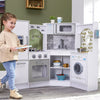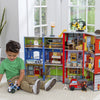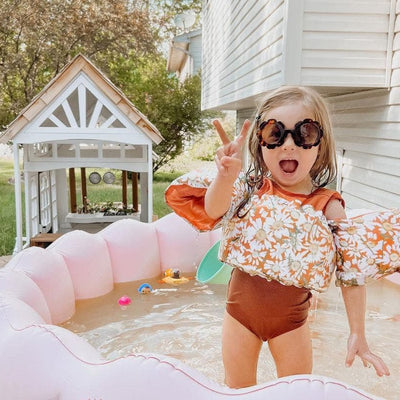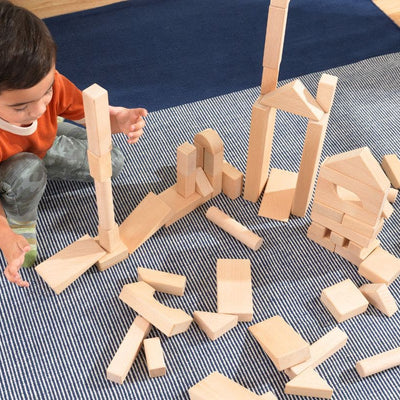The Benefits of Playing With a Dollhouse: Inspiring Imagination and Building Confidence

If you’ve ever seen a child lost in arranging tiny furniture or inventing whole worlds for their dolls, you know the quiet magic a dollhouse holds. Maybe you even had one of your own as a child. There’s something timeless about those miniature doors and little chairs.
Dollhouses open up endless role-playing and storytelling possibilities, and it’s through that kind of play that children build skills they’ll carry far beyond childhood. Let’s explore how a dollhouse becomes a stage where a child’s imagination thrives and their confidence grows.
How Playing with a Dollhouse Supports Child Development
Children can reap some big benefits from those mini homes and mansions. Beyond the fun, dollhouse play helps kids develop important skills in a natural, hands-on way:
-
Fine motor skills: Moving small furniture, opening doors, and arranging figures strengthen coordination.
-
Empathy and cooperation: Role-playing encourages kids to see different perspectives and practice getting along with others.
-
Language and communication: Storytelling builds new vocabulary and helps children express ideas clearly.
-
Emotional growth: The dollhouse becomes a safe place for exploring feelings and working through emotions.
-
Social skills: Playtime with siblings or friends teaches sharing, problem-solving, and collaboration.
The Best Age for Dollhouse Play
Most dollhouses are designed for children three and up, once small pieces are safe to handle. Preschoolers and early elementary ages are especially ready for this type of play, as their imaginations are expanding rapidly and they’re eager to create social scenarios. Always check the suggested age range on the dollhouse to make sure it’s age-appropriate.
How Dollhouses Encourage Imaginative Play
Because dollhouse play is open-ended, kids decide what happens next, giving them continual opportunities to experiment with routines and relationships.
Observe a child playing with a dollhouse, and you might notice the dolls preparing dinner, putting a baby to sleep, or getting ready for work and school. Minutes later, the scene could shift completely. Suddenly, the dolls are at a dance session, hosting a tea party, or facing a dinosaur stomping through the kitchen. In a dollhouse, everyday life and make-believe live side by side.
How to Enrich Dollhouse Play
Parents and caregivers can enrich dollhouse play with gentle prompts: “What’s for dinner tonight in your dollhouse?” or “Where will your dolls go on vacation?” Questions like these empower children to take the lead in storytelling, nurturing both creativity and confidence.
Choosing the Right Dollhouse and Accessories
When choosing a dollhouse, start with your child’s age and personality. Do they dream up stories with pets and families, or are they aspiring interior designers who love rearranging the dollhouse furniture again and again? Sturdy materials and thoughtful touches mean the house will keep up with big adventures, while details like working elevators and moveable staircases make playtime extra exciting. Play evolves with age, and a well-designed dollhouse with interactive features can keep kids engaged, spark new stories, and feel fresh for years.
Style counts, too. You might prefer a soft, neutral look that blends with your living room, while your child might be drawn to a cheerful pink mansion or a breezy beach house with vacation vibes. The best dollhouse choice is one that makes a child’s eyes light up, keeps parents happy, and is built for safe, long-lasting play.
Inspire Imagination With Dollhouses
Encourage imaginative play, growth and self-expression. Explore our dollhouse collections and choose the perfect one to inspire your child’s creativity today.












